
Any book lover will vouch that reading a book is not just an activity of pleasure, it can often become an immersive experience. Whether you read to cry or laugh, or to escape to another world, books have the magical ability to empower the soul. Also, whether you are a child or an adult, many books teach us essential moral lessons either in subtle or powerful ways.
Today, we look at some of the popular classic English books and the morals we can learn from each one of them. You might have read the books mentioned in the list below, but maybe reading them again from a fresh perspective will offer you some important life lessons. Take a look.
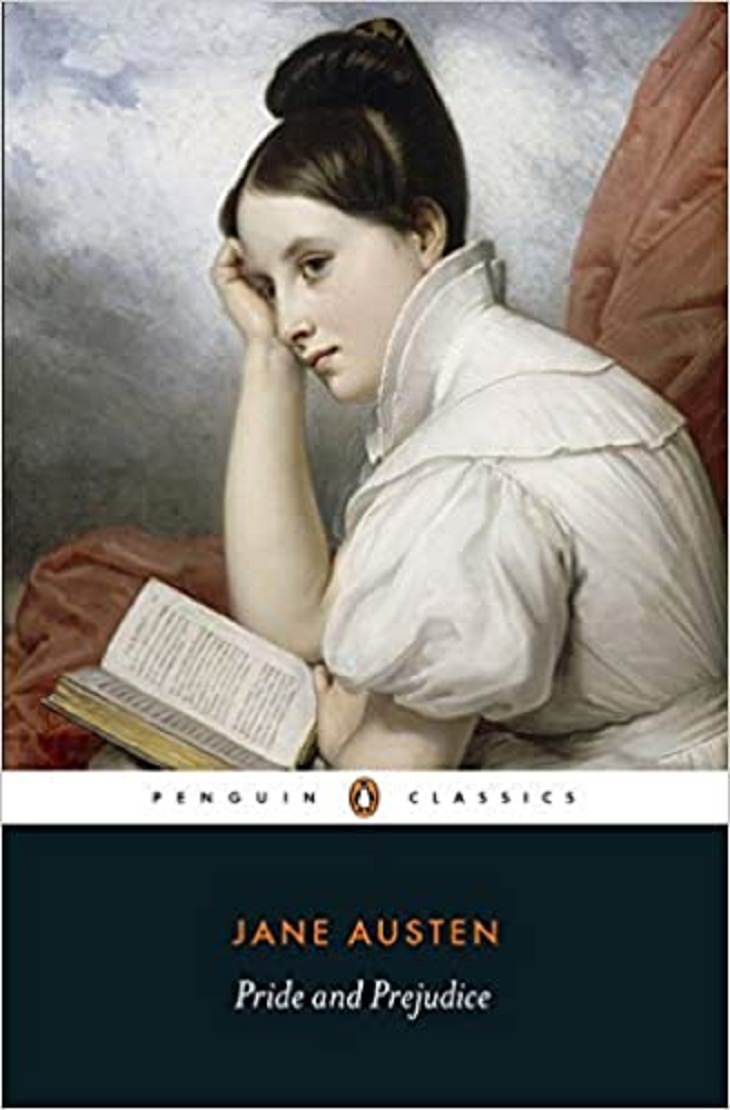
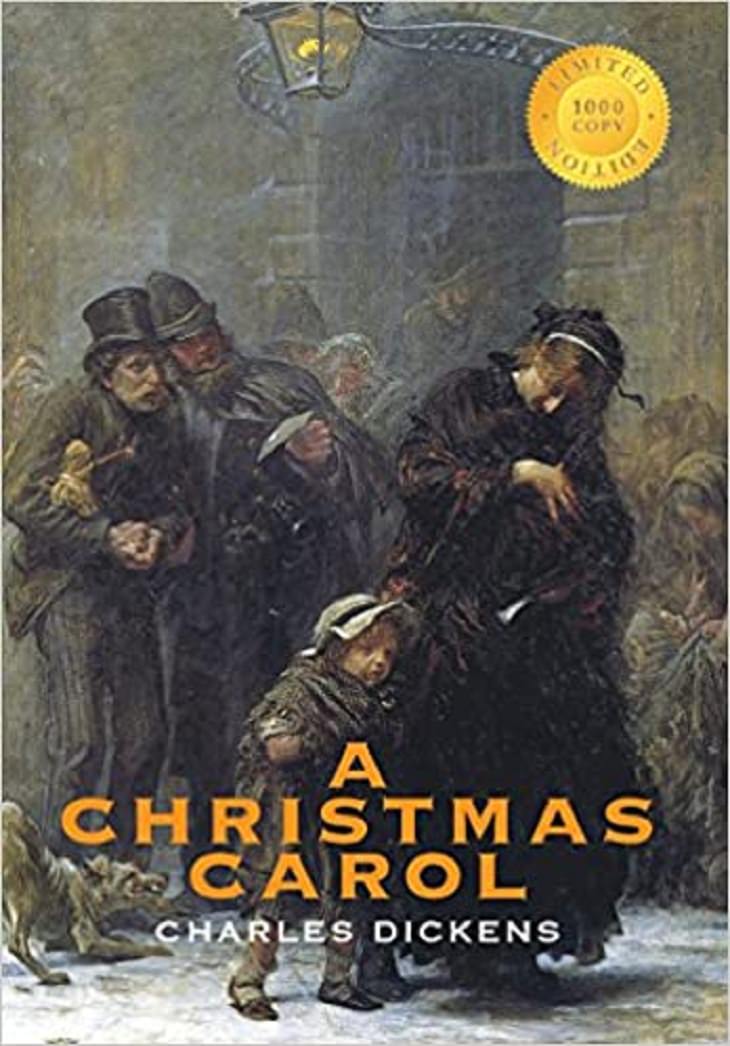
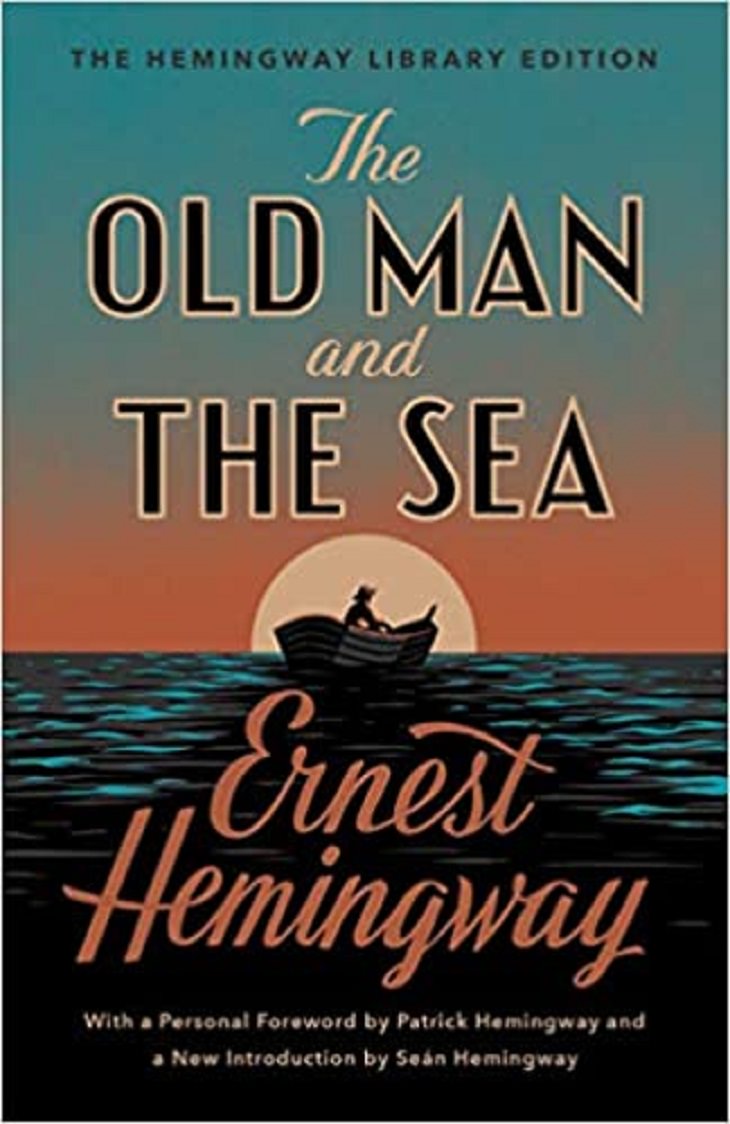
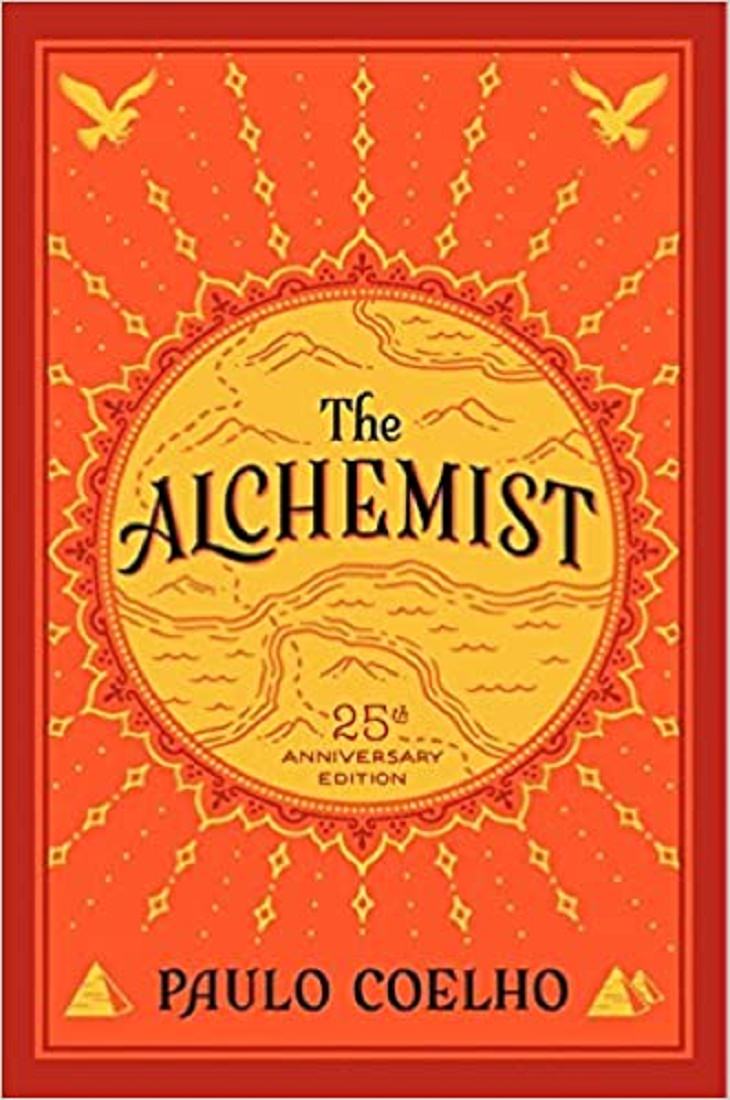

Author: Fyodor Dostoyevsky
Year published: 1866
What’s it about?
What drives someone to kill in cold blood? What goes through the murderer’s mind? And what kind of society breeds such people? These are some of the hard questions that Russian novelist Fyodor Dostoyevsky raises in his book Crime and Punishment which is widely regarded as one of the best-known works of Russian literature. The story is told from the point of view of Raskolnikov, a poor, young, former student in Saint Petersburg who plots to kill a dishonest pawnbroker for her money. The young man tries to justify his crime but is also ridden with nightmarish guilt. It is a brilliant psychopathology of guilt and still matters more than 150 Years later.
What’s the moral of the story?
As challenging and disturbing as Crime and Punishment is, it also touches on various complex moral issues. Before and after Raskolnikov murders the old pawnbroker, he is deeply troubled by the thought of such an act. It shows the mental anguish and moral dilemmas people have to face for their lethal actions. The book also addresses the idea that killing might never be justified. In the end, the protagonist goes through a crucial transformation and allows himself to accept and experience his harsh feelings, thus showing us that if we do realize our follies we can indeed ultimately redeem ourselves.
Another crucial aspect of the book is that while many of us face actual punishment for the crimes we commit and many of us don't, the harshest punishment comes from within.

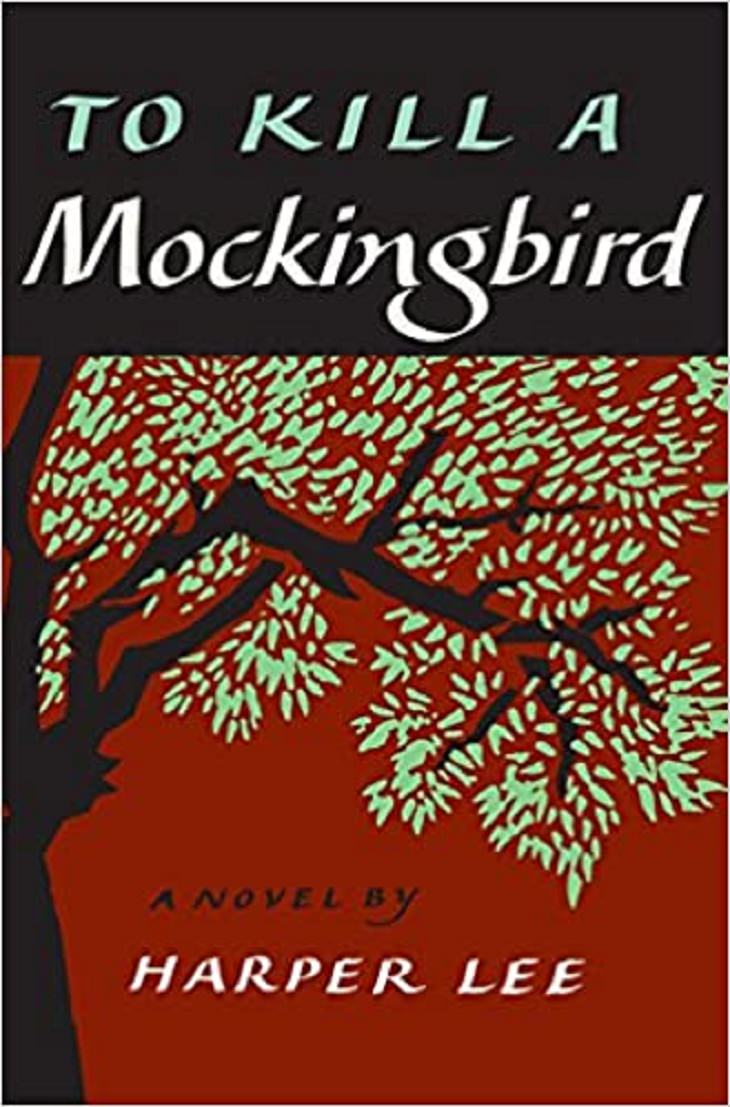
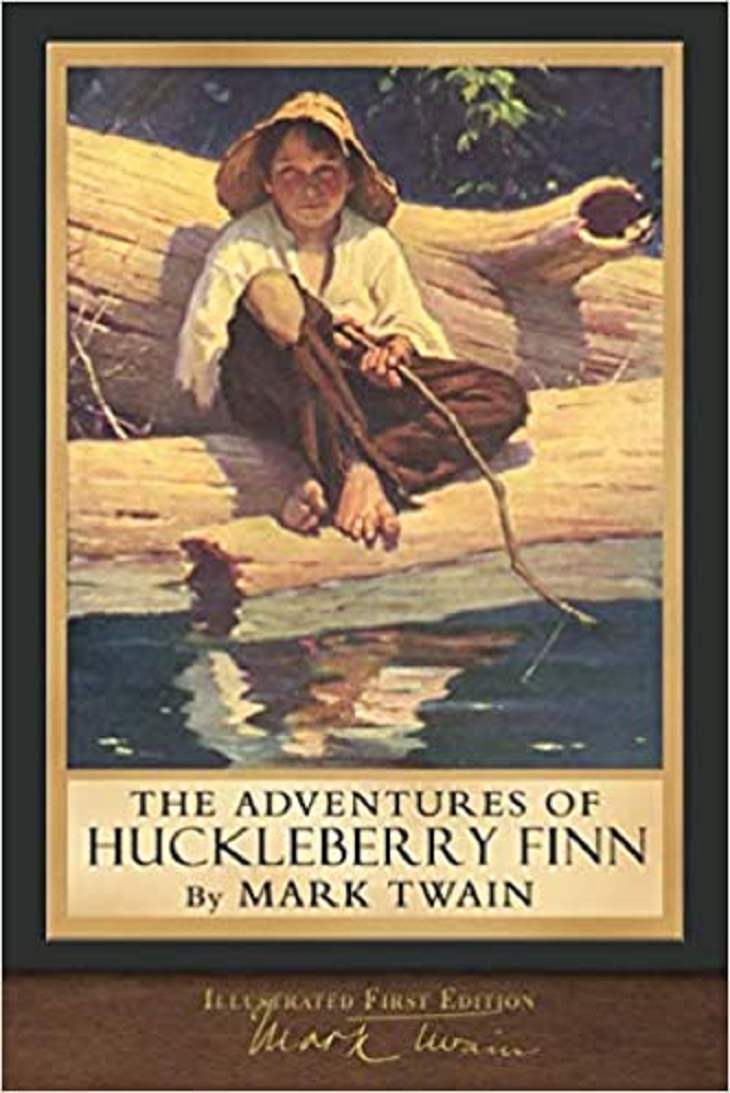
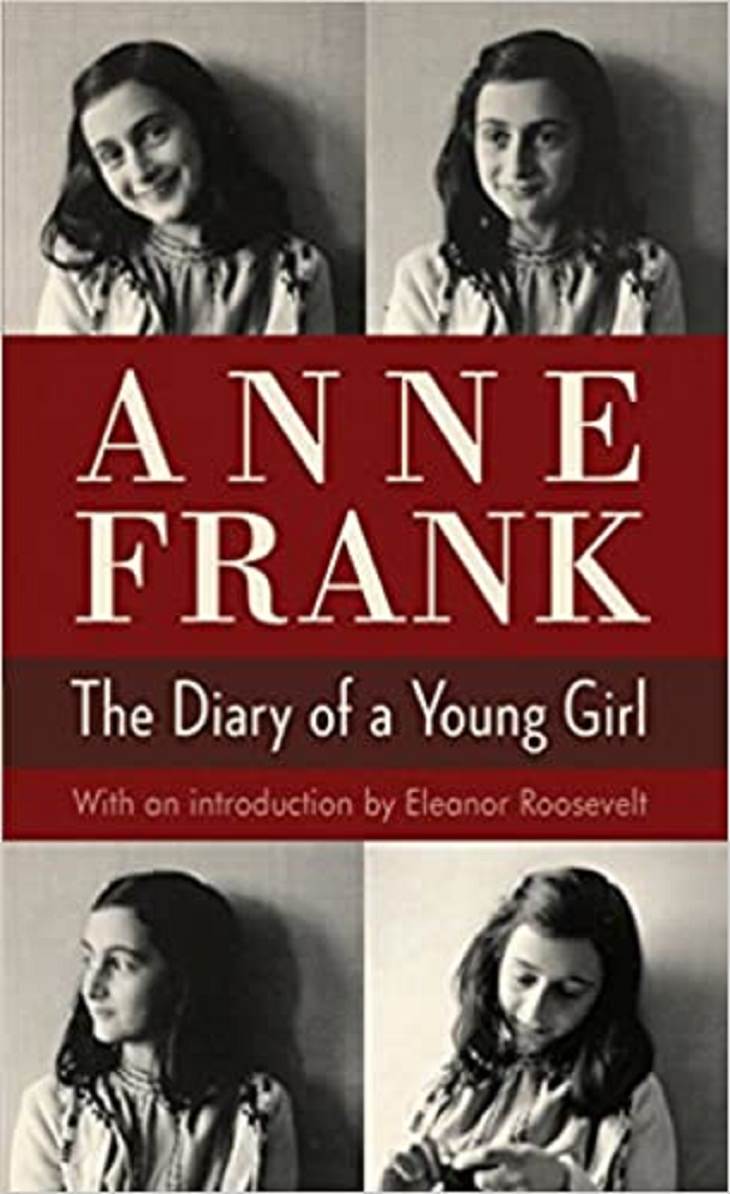
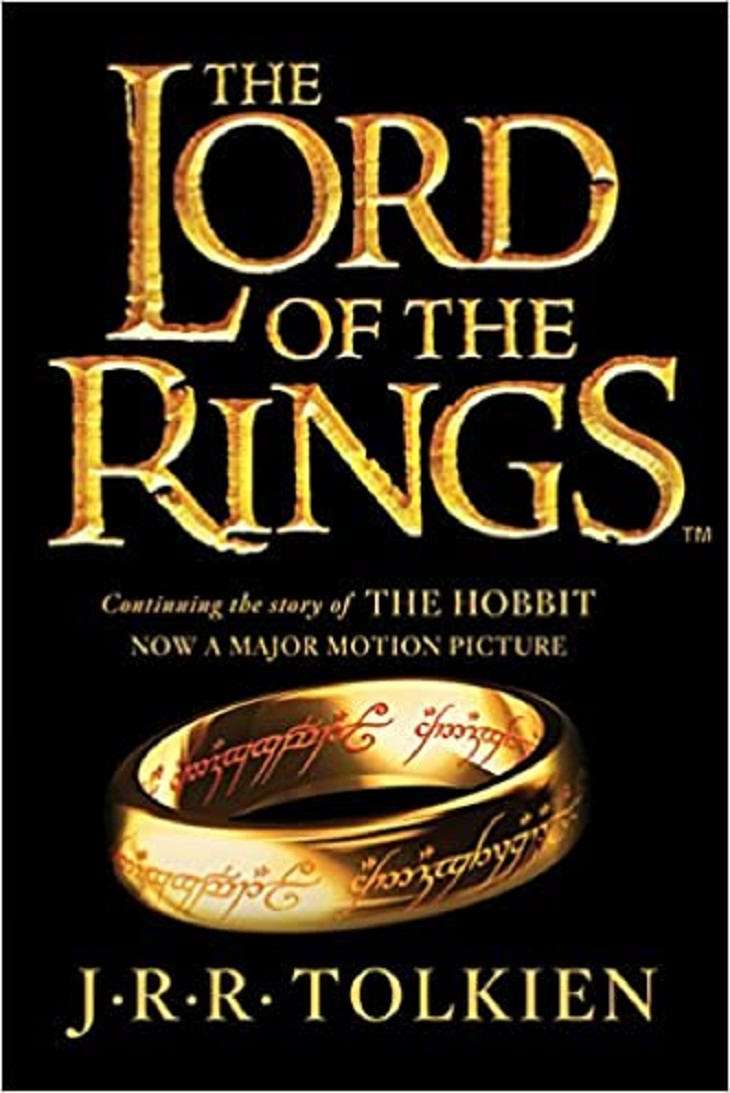
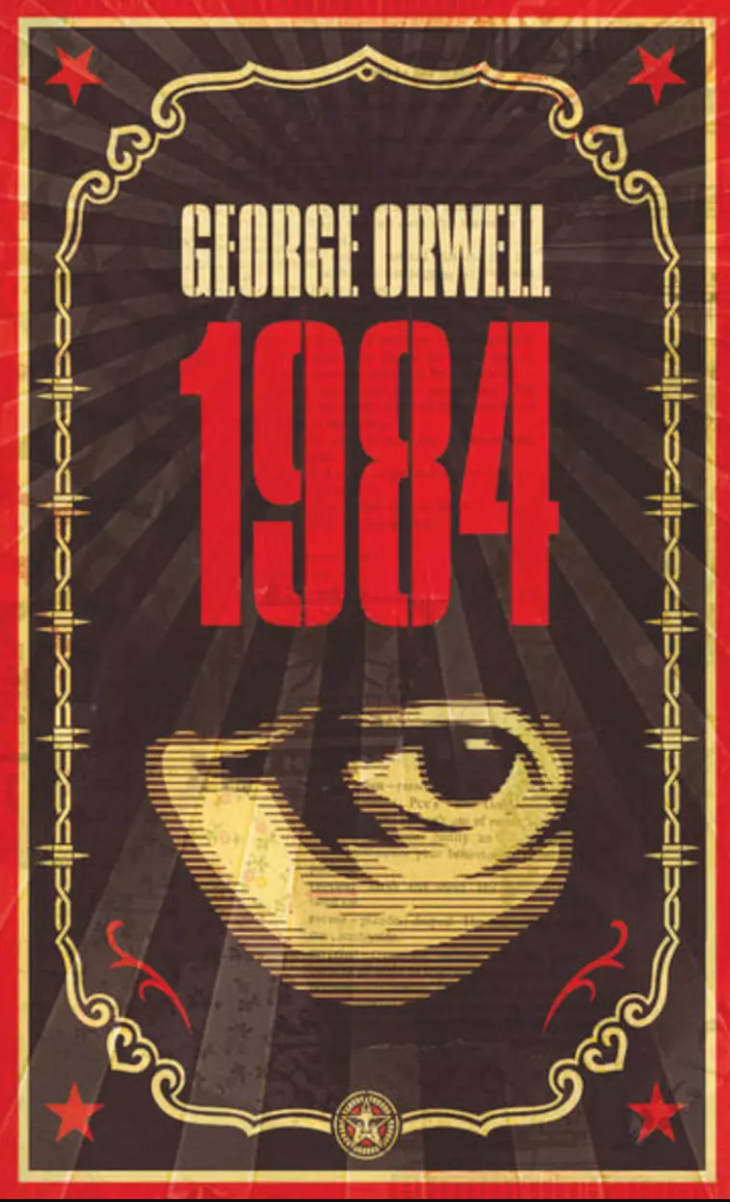
Nineteen Eighty-Four is mainly about politics, and man did this novel have a huge impact on how we see totalitarian governments in the modern age of technology. Life today does exhibit some of the things this book warns about - the loss of privacy, the dominion of advertising, the reshaping of history, and so forth. The morals of this book are warnings. Do not give up your personal freedoms. Do not let history be rewritten. In addition, there are also criticisms of social classes, as the classes are highly divided in the book, with lower, middle, and higher classes (The Party) having completely different lives, monitored and controlled. In the end, based on the events that happen in the book, we are also warned that alone, one cannot fight the government. The feeling in the book is of isolation, each person alone in the clutches of a merciless system. The moral is, together we stand and alone we fall. If we let an oppressive regime divide us, then it wins.
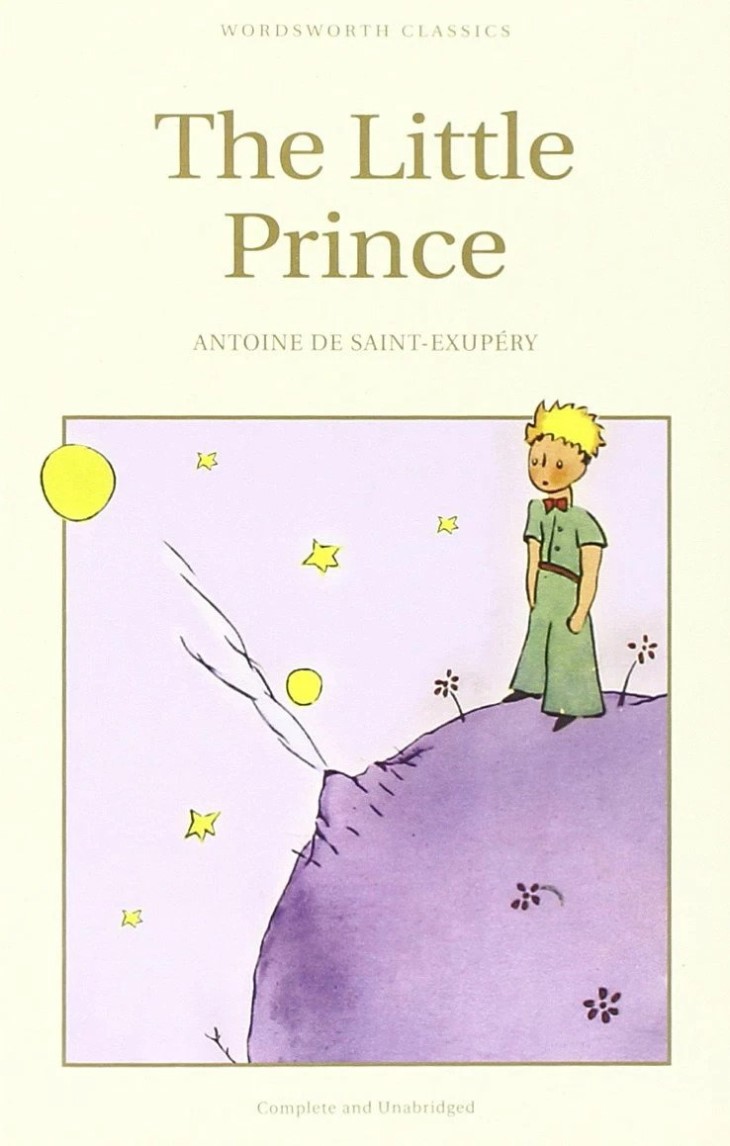
There are many morals in this beautiful story. The reason it is so loved around the world is that it touches on something all of us go through, the loss of childhood. The morals expressed in this book explore most of all the subject of what adults have forgotten about being a child that they really shouldn't. It is full of charming imagination that enables the boy prince to criticize many adult behaviors, most especially those that deny us the simple joy of being alive. One such moral has to do with focusing on counting things instead of enjoying their beauty, another is about how we lose the time we have while looking constantly to either the past or the future. The ultimate moral of the story is: Just because we become adults, doesn't mean we have to forget everything that made childhood so magical and beautiful. Life is meant to be lived and experienced, not just thought about.
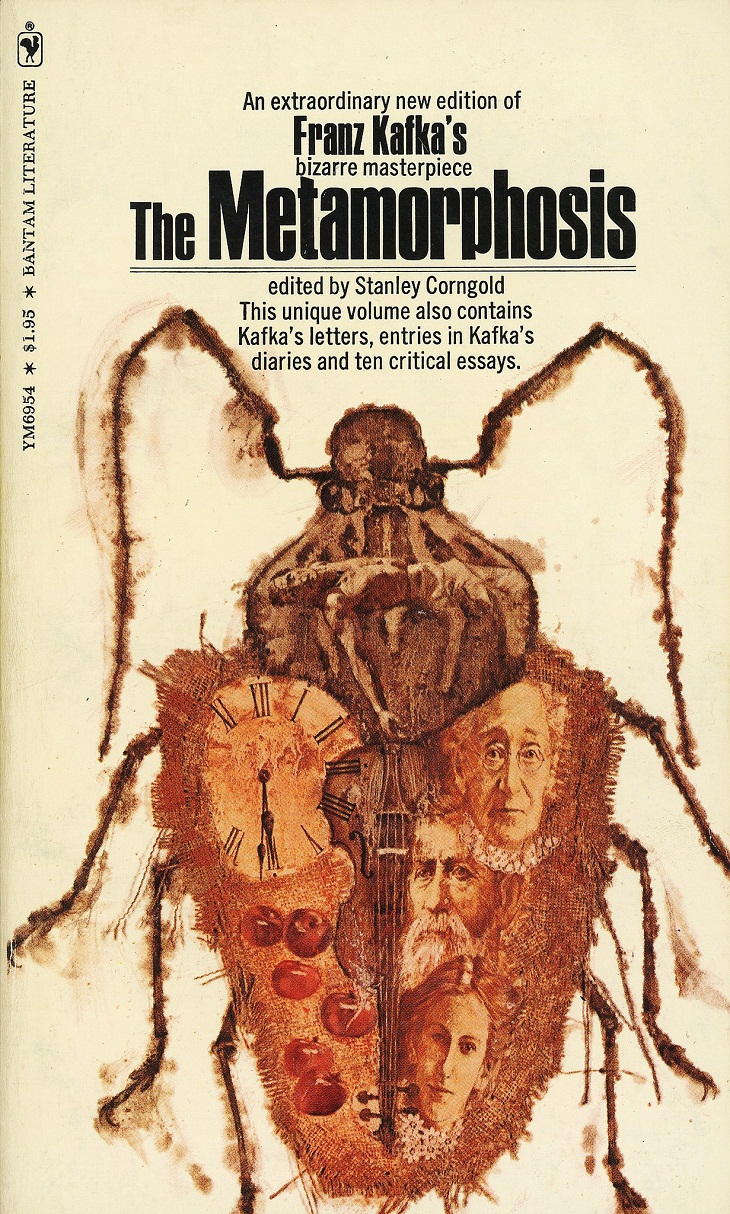
Author: Franz Kafka
Year published: 1915
What’s it about?
The Metamorphosis is a bizarre story about a salesman, Gregor Samsa, who finds himself transformed into a large insect one day. He’s horrified and confused at this sudden transformation at first but soon begins to worry about his finances and how he will take care of his family. Gregor eventually accepts his metamorphosis. Unfortunately, his family shuns him as he becomes an embarrassment to them. Now alienated, Gregor deals with feelings of inadequacy and guilt and makes up his mind to take a decisive step.
What's the moral of the story?
Kafka's Metamorphosis may come across as a gloomy tale that might even make you feel sad. The sudden twists and turns in the protagonist’s life can be quite disturbing to the reader. However, what many don’t know is that the story, for the most part, reflects Kafka’s inner struggles. He had a tough childhood and used to be a depressed individual. The family mirrors the author’s own real-life family, which often made him feel alienated.
The moral of ‘Metamorphosis’ is finding your own self and identity even when the world doesn’t understand you or offer any support. It also shows us that we shouldn’t burden ourselves to fulfill outside obligations, but also find time to work on our true selves.
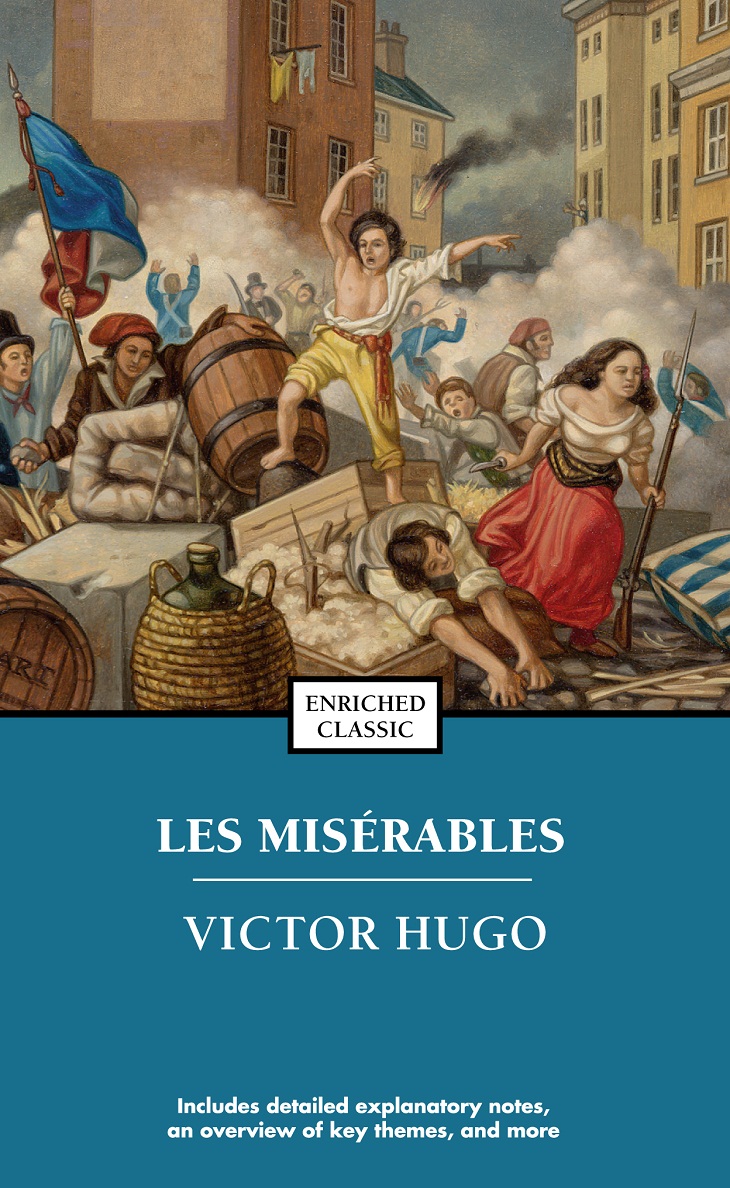
Author: Victor Hugo
Year published: 1862
What’s it about?
Les Misérables can be translated from French into "The Miserable Ones", "The Poor Ones", or "The Wretched Poor". It follows Jean Valjean, an ex-convict in 19th-century France, who, after serving nineteen years in prison for stealing a loaf of bread, seeks redemption. Filled with anger and contempt at society, Valjean decides not to play by the rules and, using money from stolen silver, remodels himself as a mayor and factory owner. However, he is pursued relentlessly by Inspector Javert, the officer who freed him and is now determined to bring him back to prison.
What's the moral of the story?
Les Misérables teaches us that everyone’s life is touched by tragedy but also by beauty. Jean Valjean’s need for redemption from a prisoner to the factory-owning mayor is a fine example that despite the many setbacks we might face in our life, we can still revive ourselves. Another important moral lesson we learn in the book is forgiveness. Valjean eventually forgave Javert, who is unable to accept grace and believes men can never change. Even though Javert constantly opposed Valjean, he saves his life in the end, in a true act of forgiveness and compassion.
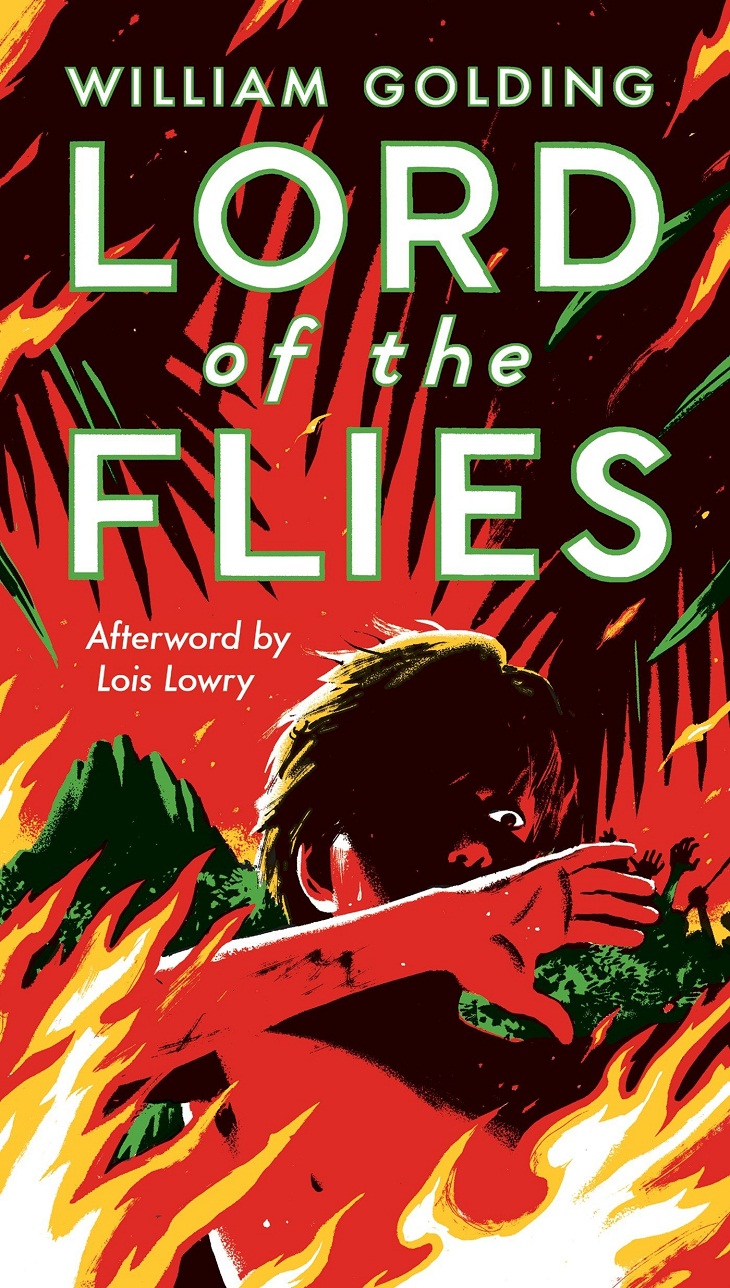
Author: William Golding
Year published: 1954
What’s it about?
Lord of the Flies may sound like a fun adventure novel – a group of children between the ages of 6 and 12 is stranded on an uninhabited island after the plane carrying them crashes and they are left with no adult supervision. However, this is a lot more complex. Since no authority would tell the boys what's right or wrong, they can do anything they want. At first, they try to form their society but fail. Chaos follows and the children eventually turn violent and brutal.
What's the moral of the story?
‘Lord of the Flies’ was labeled a morality tale and a vision of the apocalypse when it was released. The major theme of the story is how easily man can regress to his feral instincts. The island in the book is a microcosm of the world and the plot intends to mirror what’s happening in real society. The book shows us how people deal with situations when under pressure or when they are left without any authoritative figures in their life. It also touches upon people’s need for power. Most importantly, however, William Golding wanted to show that humans are fundamentally defective and need to learn to be good. The author himself said: “The moral is that the shape of a society must depend on the ethical nature of the individual and not on any political system however apparently logical or respectable."
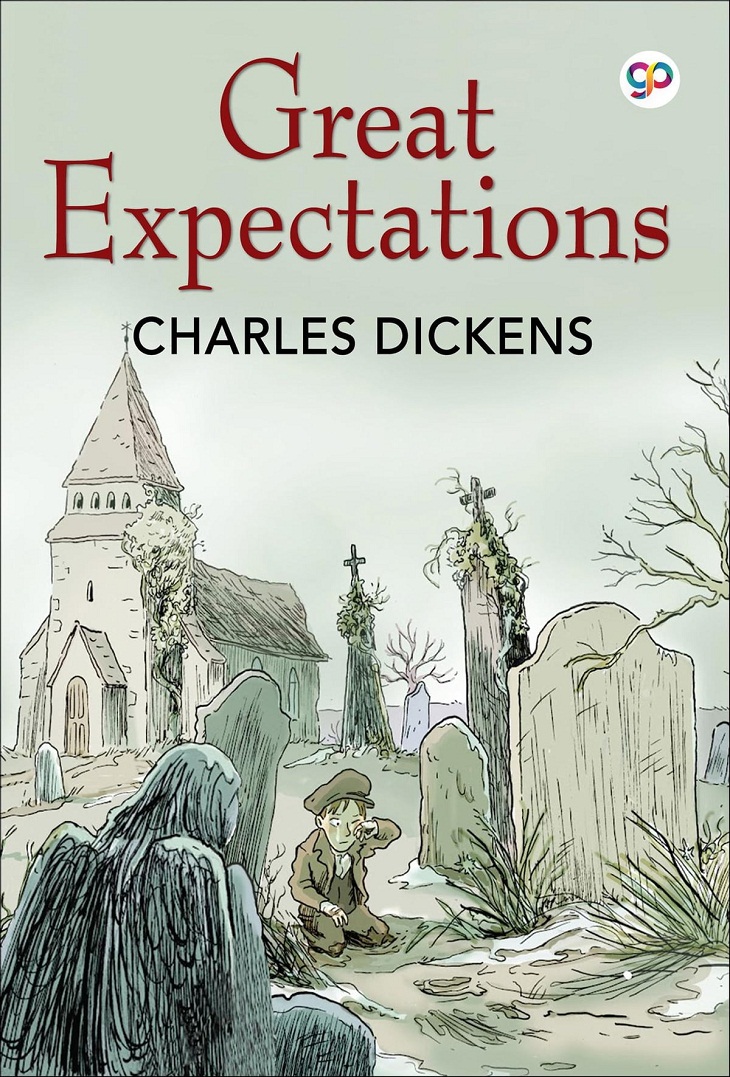
Author: Charles Dickens
Year published: 1860
What’s it about?
Charles Dickens's Great Expectations revolves around Pip, an English orphan who lives with his abusive sister and her kind husband. Pip longs to be a wealthy gentleman. His wish is answered one day as he is mysteriously given a large fortune, his “great expectations.” Pip moves to London and enters high society. He deserts his old friends and attempts to fit in with upper-class society while trying to win the affection of Estella. Soon, though, he learns the identity of his mysterious benefactor, which leaves his soul shattered.
What's the moral of the story?
Great Expectations is a timeless tale of hope and guilt, reward and ambition. Its moral theme, however, is quite simple: pip and the reader learn that love, loyalty, and morality are more important than wealth. Pip learns these lessons by seeking ambition and self-improvement over and above everything. He makes some bad choices but does some kind deeds as well. He is hard on himself when he acts unethically and feels overpowering guilt, which forces him toward better actions. This shows that one act doesn’t define someone as a whole.
When country boy Pip acquires sudden wealth and transforms into a high-society London gentleman, he becomes callous and discards what was precious to him. Only when he loses everything does he understand what’s truly noble: loyalty, conscience, humility, and selflessness.
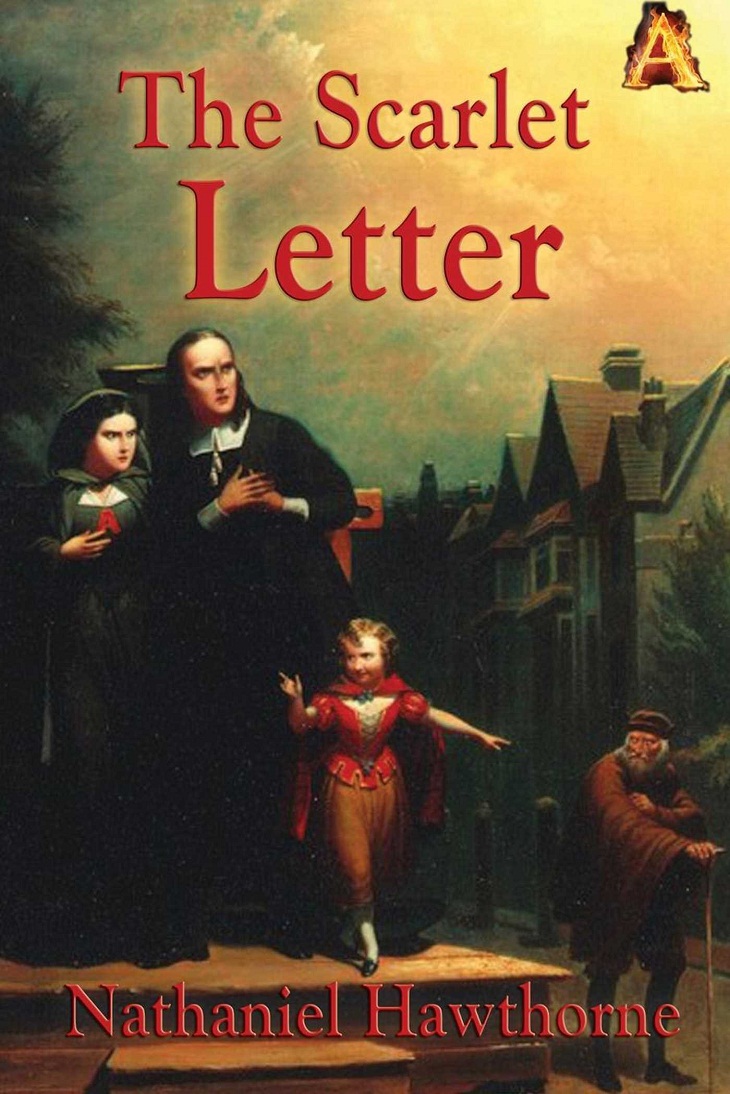
Author: Nathaniel Hawthorne
Year published: 1850
What’s it about?
Set in the 17th-century Puritan town of Boston, The Scarlet Letter tells the story of Hester Prynne, who must wear a scarlet "A" (for adultery) embroidered on her chest because she conceived a daughter through an affair. Hester refuses to reveal the identity of her lover, and the city, which is governed by strict Puritan law, punishes her for her sin and secrecy. She’s sent to prison for three years; after being released, she moves to the outskirts of the city. Hester struggles to lead a life of dignity. The book explores her journey of guilt and penitence.
What's the moral of the story?
The Scarlet Letter is about love, sin, redemption, and most of all, morals. One theme plays a key role in the story - the theme of sin and its effects. Throughout the book, the reader questions whether Hester is a temptress or a victim of circumstance. Other characters, including the protagonist, commit various acts of sin and are punished in unique ways.
Through Hester’s story, we learn that there are consequences for our actions. However, the cruel way she’s punished and alienated teaches us that personal conviction, not our society, should determine our sense of right and wrong. Also, while Hester was content with paying for her sins, she learns the lessons from the dark moments of her life and eventually manages to find ways to become independent while living separately from society. This shows that you can find ways to overcome the odds and find contentment even after living through the darkest of times.
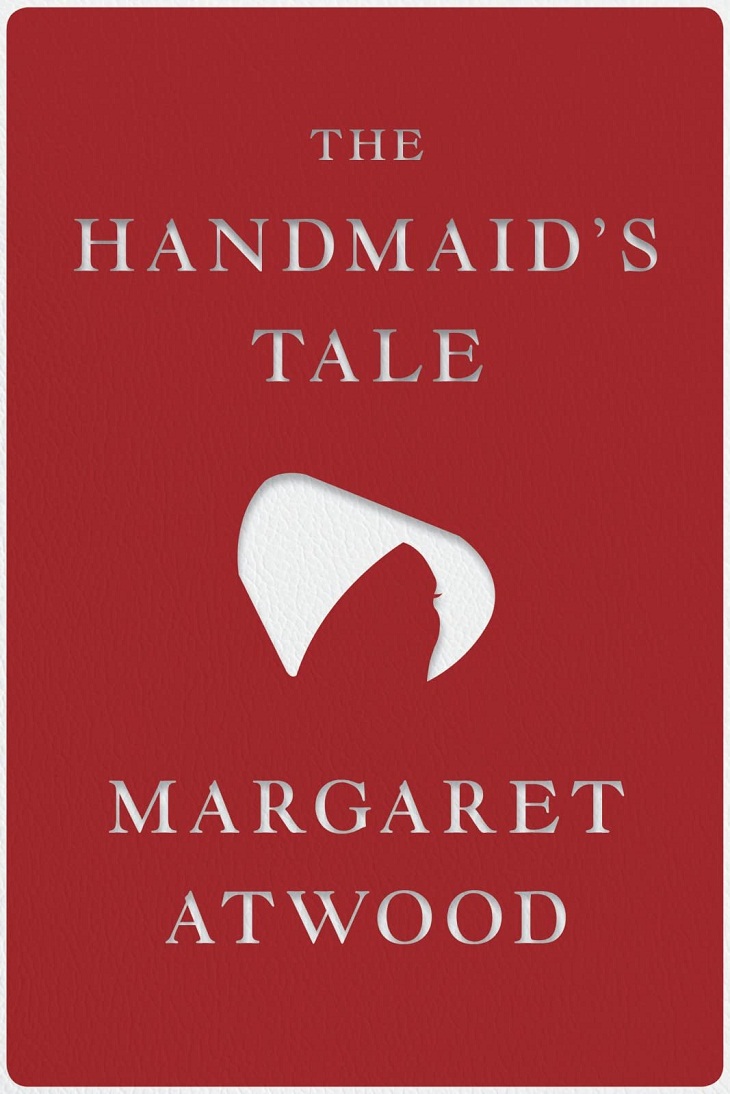
Author: Margaret Atwood
Year published: 1985
What’s it about?
This popular dystopian novel by Canadian author Margaret Atwood is set in New England in the future and shows a world where a brutal and repressive religious-based order has taken over the government of the United States. The new religious totalitarian state, called Gilead, has created a repressive environment, which includes the subjugation of women to reproductive slavery, public display of hanged dissenters, and the abolition of academics. The theocratic state has assigned ‘Handmaids’ - women whose only job is to bear children for high-ranking infertile couples.
The story is told from the perspective of one of such handmaids, Offred, who navigates through the horrifying environment while remembering better days with her husband and daughter, whom she hasn’t seen in years.
What's the moral of the story?
The Handmaid's Tale was written as a blistering satire that deals with subjects of freedom, equality, politics, diversity, and human rights. Through the terrifying events portrayed in the book, we realize that freedom isn’t a guarantee. Many of us take our freedom for granted, assuming we’ll never have to defend it. However, as the book shows us, freedom can be abruptly taken away because of the whims of a few. Furthermore, the dystopian version depicted in this novel emphasizes the importance of granting equal access to all people in society.
Throughout the story, Offred’s desire to reunite with her daughter is the only thing that drives her in that oppressive world. It makes us realize that we should never let go of our goals, even in the toughest of times, and keep our focus on them, no matter what.
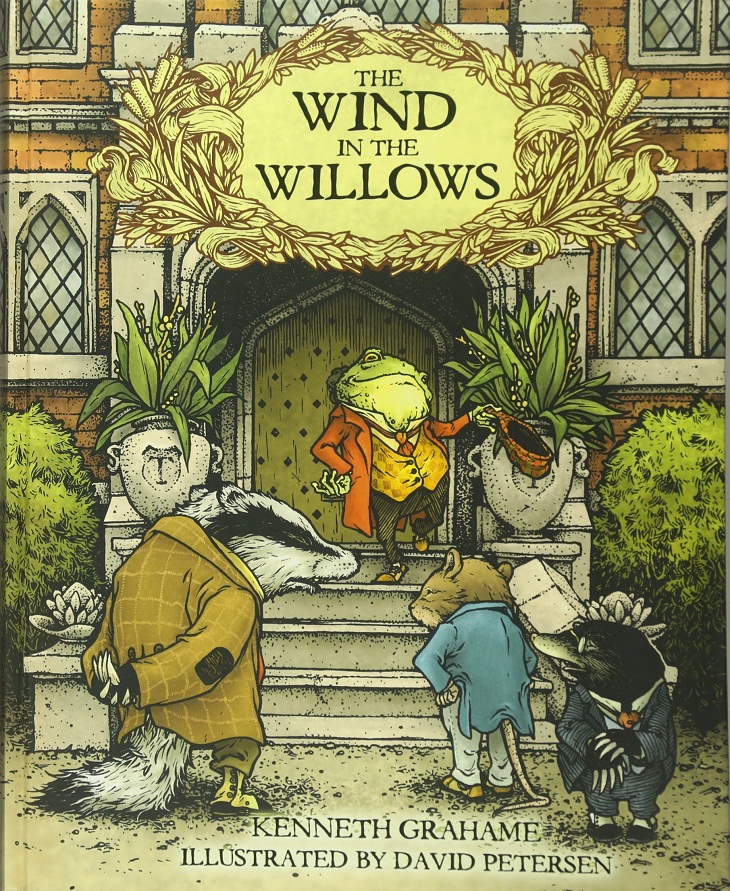
Author: Kenneth Grahame
Year published: 1908
What’s it about?
The adventures of Mole, Water Rat, Badger, and, Toad have charmed readers for over a century and are sure to delight people for many years to come. The Wind in the Willows is a timeless classic that tells the story of four animals – a mild-mannered Mole, an altruistic Badger, a friendly Rat, and a conceited Toad – who live on the banks of a cozy little village in Edwardian England. Mole and Rat love spending their days traveling in a caravan or rowing their boat. Toad prefers the thrill of motor cars; one day, his passion lands him in trouble as he is caught and kept prisoner in the dungeon of a remote castle. Thankfully, his stubbornly loyal friends will do anything to rescue him.
What's the moral of the story?
The Wind in the Willows explores themes of friendship, honesty, and loyalty. Between Mole, Water Rat, Badger, and, Toad we can see genuine friendship, love, care, and support for each other. Each of them is always ready to extend a helping hand to their friends. In summary, this story tells us that good friends can make us better people and helps us overcome all obstacles.
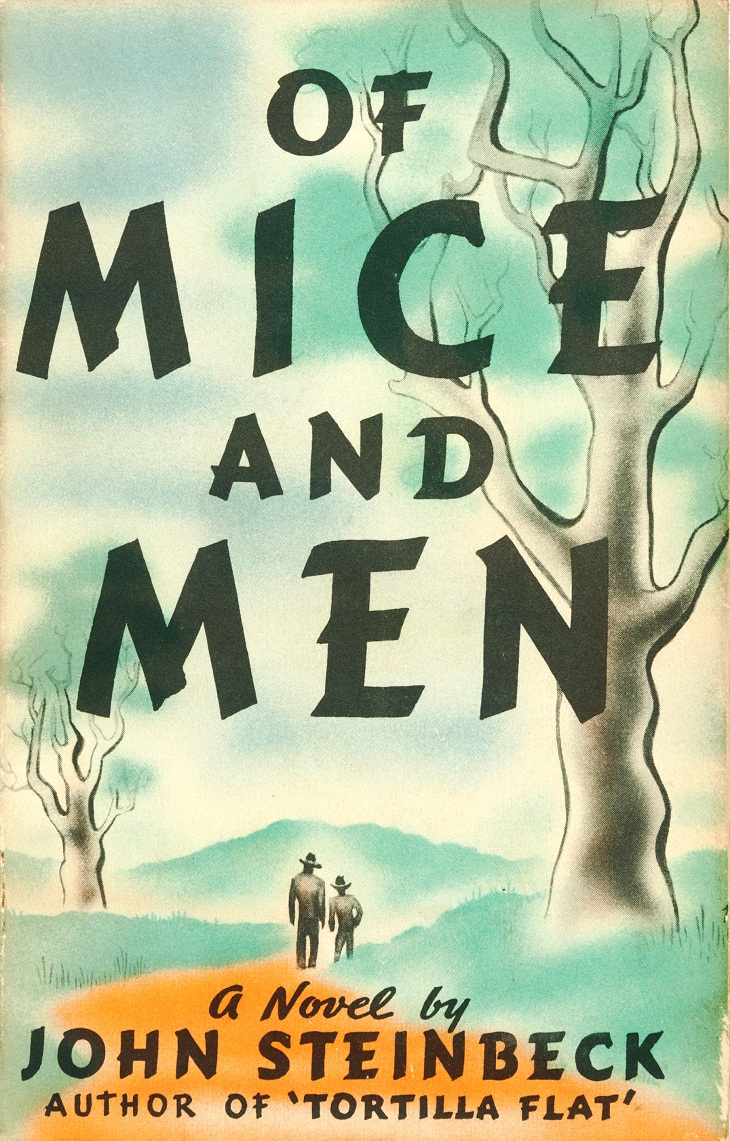
Author: John Steinbeck
Year published: 1937
What’s it about?
Of Mice and Men chronicles the experiences of George Milton and Lennie Small - two displaced migrant ranch workers who dream of owning their own farm during the Great Depression. To achieve that dream, the two friends need to find work.
George is a small man who is set as a caretaker for the much bigger Lennie, who has the mind of a young child. While dealing with loneliness and alienation in a world characterized by jealousy, anger, and misunderstanding, the two men cling to each other. Things happen on the farm, and their beautiful dream runs into rough weather.
What's the moral of the story?
One of the first things you learn while reading Of Mice and Men is that looks can be deceiving. Lennie appears to be an intimidating and big man. However, he has the mind of a child and a gentle heart.
All through the story, George and Lennie dream of owning a farm. The dream is eventually shattered, but you understand that some dreams are not meant to be attained but are still worthy of striving.
Lastly, the two main characters share an unbreakable bond. They don’t always show it but are always there for each other. So, the people who really care about you are the ones who stand by your side no matter what you do. George is also willing to go to any lengths to protect Lennie. And in the end, he makes the supreme sacrifice for him, emphasizing that sometimes, you have to give up everything for the well-being of someone you care about.
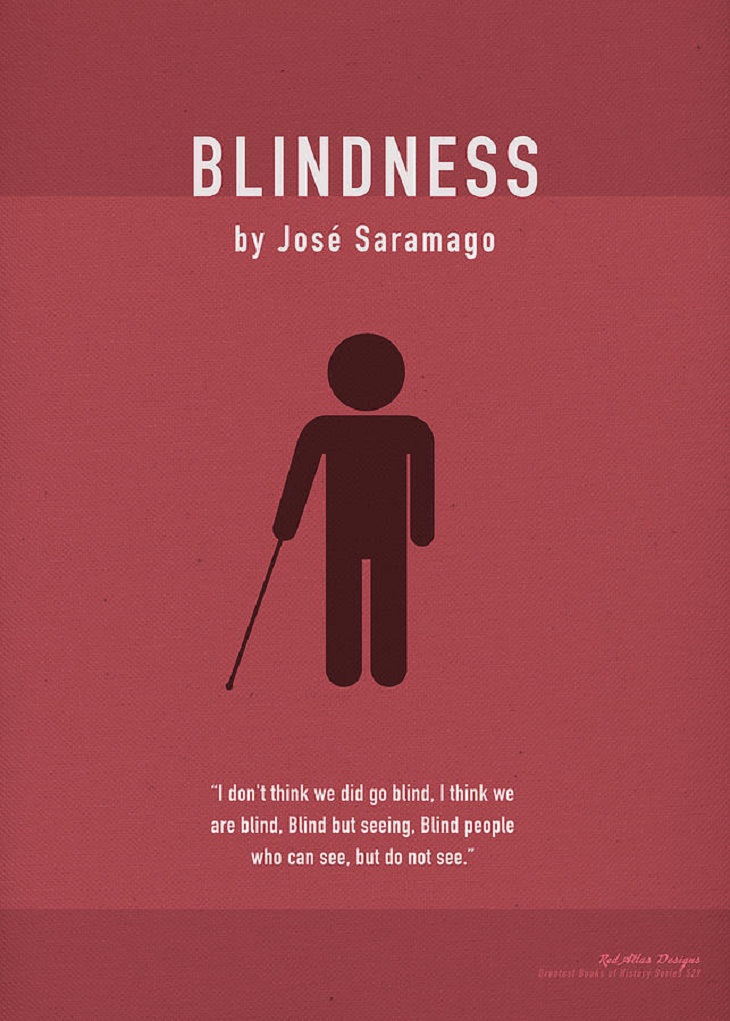
Author: José Saramago
Year published: 1995
What’s it about?
In José Saramago's novel Blindness, a city’s residents are suddenly hit by “white blindness,” where the victim inexplicably loses sight. Oddly, though, instead of pure darkness they see “impenetrable whiteness.” What’s even stranger is that their blindness appears to be contagious. In just about a week, the entire city has been affected by the disease. The authorities confine the patients in an empty psychiatric hospital. Soon enough, the ugly side of humanity comes to the fore as the patients compete for scarce food, and chaos ensues.
What's the moral of the story?
Incredibly, a book that holds loss, filth, loot, cruelty, disorientation, injustice, helplessness, death, and unimaginable suffering at its core makes the reader feel overwhelming beauty. Blindness demonstrates the beauty of resilience, courage, and indomitable human spirit even when mercilessly pinned to the bottommost pit.
The dark, dystopian story shows us how humans react individually and collectively when faced with adversarial forces. Despite the grim choices of many characters, the author makes us see that humans aren’t imminently selfish; they are capable of doing good as much as they can do evil.
In Blindness, many characters indulge in extreme selfishness and brutal violence throughout the story. This becomes apparent when the government shuts the blind in an abandoned hospital, and a group of thugs take control of the wards and start hoarding all the food. However, we also see the good side of humanity when a doctor’s wife feigns blindness to enter the hospital where she tends to patients.
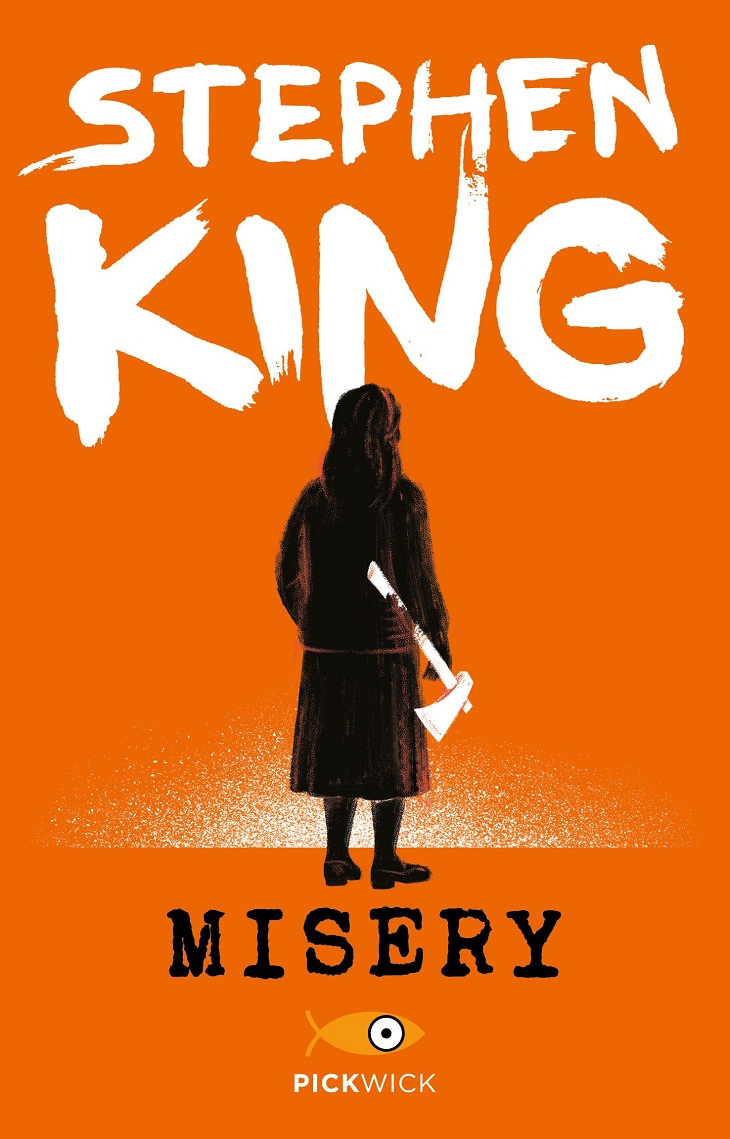
Author: Stephen King
Year published: 1987
What’s it about?
Wouldn’t it be great to have a fan who constantly showers you with lovely compliments? Not if you are Paul Sheldon. In Misery, best-selling novelist Paul Sheldon has been left disabled after being involved in a horrible automobile accident. His "number one fan," Annie Wilkes, comes to his rescue, volunteering to be his nurse. What Paul doesn’t know is that Annie is psychotic and plans to hold his favorite author hostage in a remote cabin. She didn’t like what Paul had done to a female character in his best-selling novel and now wants him to write a new ending or face her wrath.
What's the moral of the story?
Who among us hasn’t gotten frustrated with their favorite author and felt like forcing them to change some part of their book? But in Misery, Annie Wilkes takes this to the extreme by forcing Paul Sheldon to change the ending of his popular book. While his ordeal was unfortunate, it teaches him that the key to human life isn’t about pleasing others or ourselves. One who molds these two halves of the self to the circumstances of the changing world can find contentment.
In the end, Paul, who always craved the attention of critics, realizes that he doesn’t even care that he has it now. He has finally risen above this feeling and begins writing for the satisfaction it provides.

Author: Victor Hugo
Year published: 1831
What’s it about?
Set in 15th-century Medieval Paris, The Hunchback of Notre Dame centers on Quasimodo, the deformed bell ringer of Notre Dame Cathedral, who has fallen in love with the kindhearted dancer Esmeralda. Quasimodo, who has always been treated as an outcast, lives in isolation in the cathedral. When Esmeralda is falsely accused of murder and sentenced to death, it is Quasimodo who tries to rescue her from the gallows and defend her to the last.
What's the moral of the story?
The main takeaway of The Hunchback of Notre Dame is that people are primarily judged by their appearance rather than their internal characteristics. However, appearances can be deceiving, as we learn how kind, gentle, and trusting Quasimodo is despite being ostracized from society and mistreated by them.
The book also shows us that we can be happy for others even if we don't get what we want. Quasimodo’s love for Esmeralda wasn’t reciprocated, but his devotion for her never withers.
Another important life lesson to take from the story is that life isn’t always kind. Quasimodo has always been treated unfairly, cruelly even. No matter how carefully we tread and who and what we avoid, we will eventually stumble upon life’s anguishes and adversities. Hopefully, like Quasimodo, we learn to shrug them off and be true to ourselves.
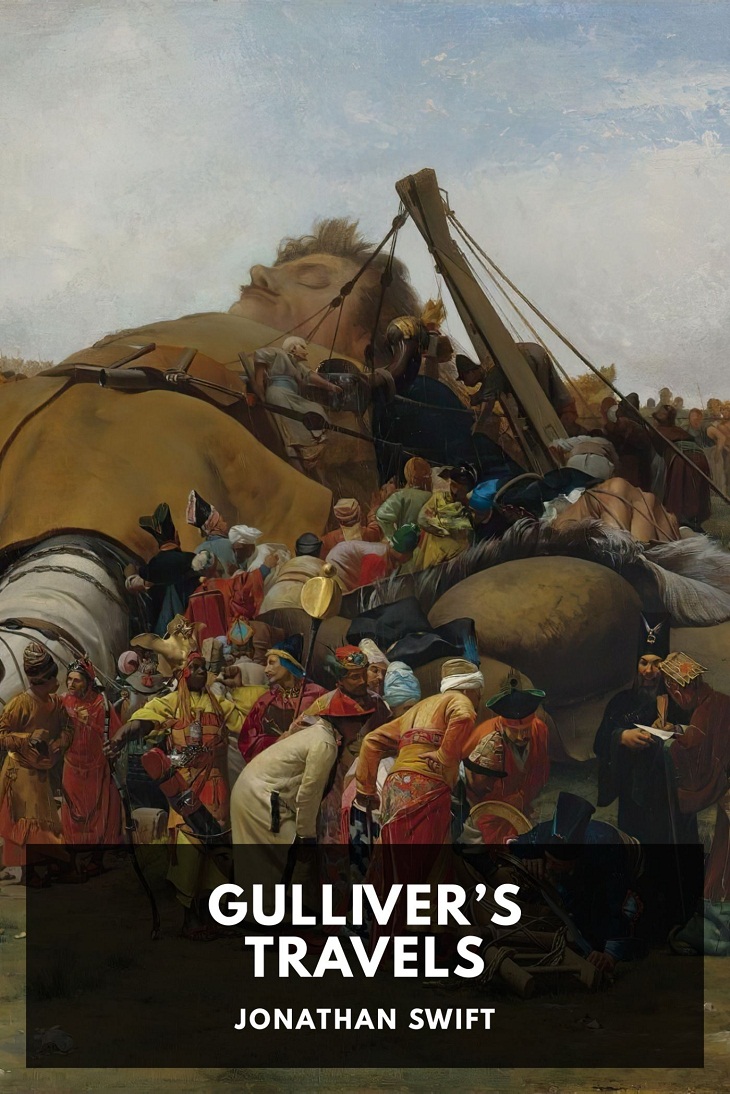
Author: Jonathan Swift
Year published: 1726
What's it about:
In Gulliver's Travels, we follow our hero as he is shipwrecked and discovers new and unbelievable lands of wonder. First, he wakes up on an island of tiny people, the Lilliputians. He then leaves them to the land of the giants, where he spends time as a royal pet. Once he escapes the giants, he continues on his journey to many fantastic lands, such as a flying pyramid filled with academics who do nothing but argue theories or an island of hyper-intelligent horses who live in a perfect society. In the end, Gulliver returns to his home in England to tell his tales.
What's the moral of the story?
Gulliver's Travels is written as an adventure story but it's a known satire of popular travel log books that contained, according to author Jonathan Swift, many lies and exaggerations. Swift, however, did more than just jab at the writers of his time; he proceeded to criticize many societal aspects too. In fact, Gulliver's Travels is one of the sharpest political satires ever written. Each of the lands Gulliver visits is either a mirror to an existing society or a message that things can be better. The most important morals Gulliver's Travels focus on are self-respect, self-discipline, and acceptance of personal responsibility. Swift attacks the corrupt, the judicial system, the government, the academics, and so on. His book is a sharp criticism of man's unrelenting usage of the land, of other people, nature, and animals. Man must be responsible for all of these, and there are things in this world that man should not explore, preferring kindness to progress.
Share this post with all your loved ones!